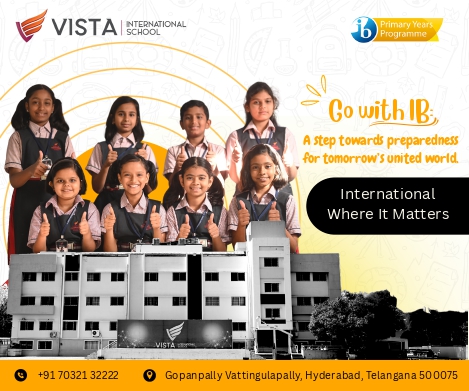Vocational education alternativeManjeet KripalaniTo experience the reality of India‚s education system, travel a moment with me to the Dharavi Transit Camp School in Dharavi, Asia‚s largest slum, located in Bombay. The school gates are unguarded, and the school building, four stories high, is shorn of paint. The 6,000 children here study in five different languages till class VII, in morning and afternoon shifts. Though the children have uniforms ‚ the girls wear blue pinafores, boys blue shorts and shirts ‚ many are barefoot. Only the children of the abject poor study here. The school does not lack funds. The 12 classrooms on each floor have wide, airy corridors and windows, plenty of blackboards, tables and benches. But the environment is not conducive. With 100 students per class, they sometimes spill into the corridors. There are just 110 teachers for the 6,000 students. Children drop out because they fail, and they fail because teachers often don‚t show up for class. The school‚s deputy headmaster says he often can‚t find replacements. Dharavi reflects the state of India‚s primary education, 90 percent of which is provided by government. That‚s the type of education being delivered to the majority of India‚s 200 million primary school children, who are taught by 5.5 million teachers in the country‚s 1 million schools. Free and compulsory primary education is law in India, but the quality is poor, learning is minimal and the failure rate high. According to research by Pratham, India‚s largest education non-profit group, even in class V, 35 percent of children can‚t read or write. Girls tend to drop out after class IV to do household chores. Nearly 60 percent of children drop out by class VIII and eventually, of those 200 million, just 14 million graduate. Which means a mere 7 percent of India‚s children can, theoretically, hope to have a reasonably good future. The problem is well diagnosed: ineffective delivery of education at the local level. Poor quality teachers, politicised education departments, ineffective and dated pedagogies, and forced child labour are just some of the hurdles facing 21st century India. So how to make India‚s children productive, happy citizens? One practical answer is to develop the education system to suit the needs of India‚s children, not the other way around. Compulsory education till class VIII is necessary; after that, education could be a matter of choice. Not every school leaver needs to enter college; many don‚t have the interest or the aptitude. The key is to have three exit points, says educationist Vimla Ramachandran ‚ in classes VIII, X and XII. At each of these points, there should be a sturdy system of vocational training available to children, to build practical skills which if pursued can develop into careers. The state governments do offer vocational training through the ITIs, but these institutions are dated, only admit students who have completed school, and have not been scaled up. There are, however, plenty of innovative ideas for vocational training. Among them is a particularly good one put forward by Subir Gokarn, chief economist of CRISIL. He suggests leveraging India‚s caste system back into the traditional guild system to allow ingrained, hereditary skills to blossom through modern vocational training programmes. These skills can then be put to use in modern industry and thereby fuel India‚s manufacturing revolution. There‚s also vocational training for semi-professional tasks, and some entrepreneurs have already made a success of it. Earlier this year, Nalini Gangadharan, a former scientist with pharma major Dr. Reddy‚s Labs in Hyderabad, quit her job and began a training school for semi-skilled nursing care. Her effort is so successful, and her recruits snapped up so eagerly, that ICICI Bank gave her a microfinance loan to begin vocational courses for rural girls to learn hotel housekeeping chores ‚ like turning down beds, a necessity in every hotel. With the large number of hotels being built across India, jobs are a-plenty for these trained bed-turners. Vocational training, however, can only be successful if children acquire basic education ‚ the ability to read and write. Which brings us back to the problem of primary education, a shameful failure of the state. Even so, there are people who are hopeful of effecting change in the system. Pratham chief executive Madhav Chavan is optimistic that over the next four years, India will see a major change in the provision of education, especially in rural India. The main reason is the desperate push from parents to educate their children ‚ not just any, but English language-based education. Parental demand is already showing some results. In Kashmir, the government has switched to an entirely English medium school education. Even in conservative, Hindi-dominated Rajasthan, English as a language is now taught from class I. The state of Kerala, which stood alone in India for 99 percent literacy, is now joined by Mizoram in the east and Himachal Pradesh in the north.Hopefully, the success of these efforts will percolate down to India‚s urban poor, and into institutions like the Dharavi Transit Camp School. Who knows, with vocational training offered to Dharavi‚s school children, the next generation could turn their parents‚ small slum businesses into one of India‚s largest industrial clusters. (Manjeet Kripalani is bureau chief (India), BusinessWeek)
Anniversary Special 4
EducationWorld November 05 | EducationWorld























